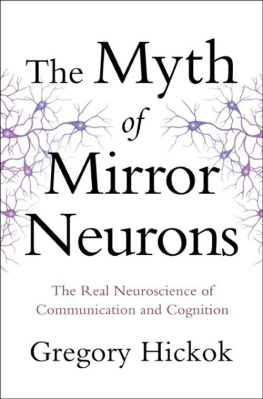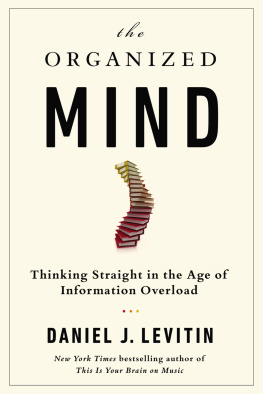This edition first published in hardcover in the United States and the
United Kingdom in 2013 by Overlook Duckworth, Peter Mayer Publishers, Inc.
N EW Y ORK
141 Wooster Street
New York, NY 10012
www.overlookpress.com
For bulk and special sales, please contact ,
or write us at the above address
L ONDON
30 Calvin Street
London E1 6NW
www.ducknet.co.uk
Copyright 2011 by Michael C. Corballis
All rights reserved. No part of this publication may be reproduced or transmitted in any form or by any means, electronic or mechanical, including photocopy, recording, or any information storage and retrieval system now known or to be invented, without permission in writing from the publisher, except by a reviewer who wishes to quote brief passages in connection with a review written for inclusion in a magazine, newspaper, or broadcast.
ISBN 978-1-4683-1546-2
aVERY SHORT TOURof theMIND
21 short walks around the human brain
MICHAEL C. CORBALLIS
with 5 black-and-white illustrations
W hy do we remember faces but not names? If your brain were cut in half would you suffer more than a splitting headache? Why dont sheep laugh or gorillas lie? Why does your dog remember where it buried its bone, but you cant ever find your keys?
In A Very Short Tour of the Mind, cognitive psychologist Michael C. Corballis tackles these questions and more, showing why the human mind is arguably the most complex organ in the universe. Modern computers might be faster, and whales might have larger brains, but neither can match the sheer intellect or capacity for creativity that we humans enjoy. Corballis introduces us to what weve learned about the intricacies of the human brain over the last fifty years. Leading us through behavioral experiments and neuroscience, cognitive theory and Darwinian evolution with his trademark wit and wisdom, Corballis punctures a few hot-air balloons (You only use ten percent of your brain!; Unleash the creativity of your right brain!) and explains just what we knowand dont knowabout our own minds.
At one time or another, weve all wanted to get inside someone elses head. This smart and engaging book shows you how.
In 1891 my Irish great-grandfather, James Henry Corballis, published a book called Forty-five Years of Sport. It covered hunting, shooting, fishing, falconry and, as an afterthought, golf. I recommend it to anyone who wants to know how to mount a horse with a loaded gun, or where to place the golf ball in relation to ones feet before attempting to smite it along the fairway.
Forty-five years ago, in 1966, I took up my first position as a lecturer in psychology. Over the intervening years, I have taught at McGill University in Montreal, Canada, and the University of Auckland. I stopped actually teaching a couple of years ago, but I have remained in the sportprimarily as a researcher and writer, with the occasional lecture thrown in. I dont suppose I have learned or conveyed anything as useful as my great-grandfather did, but, well, its been fun, as sport is supposed to be.
In the course of those forty-five years, I have seen rather dramatic changes in the nature of academic psychology. Scientific psychology began in the nineteenth century as the study of the mind. The main technique was introspection, turning the mind inwards to examine what might be there. Not much was discovered, though, probably because the mind does not have access to most of what it actually doesjust as a car engine, say, does not itself understand how it works. Introspectionism gave way to behaviourism, a movement started by John B. Watson early in the twentieth century but developed later by B. F. Skinner. And when I came to psychology in the late 1950s behaviourism still ruled. Effectively, the concept of mind was abolished, and replaced with behaviour, the things peopleand animalsactually do. Behaviour is directly observable and therefore amenable to measurement and scientific analysis. Behaviourists, though, saw no essential difference between humans and other animals, and psychological laboratories were filled with rats, and later with pigeons, which were considered more acquiescent and less likely to bite. My early experiences as a junior lecturer included making sure that rats were available and suitably placid for students in their laboratory classes. Even so, the odd student was bitten by the odd rat.
Soon, though, there came a rediscovery of the mind, in another revolution that saw the rats disappear, as though inveigled away by some Pied Piper. The pigeons, too, mostly flew awayalthough some do remain in some departments of psychology with an attachment to the past. Nevertheless, the cognitive revolution brought people back into the laboratory, largely replacing the rats and pigeons. It was heavily influenced by the emergence of digital computing, and by the linguistic theories of Noam Chomsky. The mind was reinvented as a computational device, although it was still studied by largely objective meanssuch as how quickly people respond to events, and how well they remember things.
Later, psychology discovered the brain, largely through the efforts of Donald O. Hebb, a distinguished Canadian psychologist, one of my mentors and later a senior colleague during my time at McGill. It turned out that through brain imaging and studying the effects of brain injury, we could look inside that large, wrinkled organ squeezed into our skulls to work out what different parts of the brain looked aftermemory in the seahorse-shaped piece called the hippocampus, emotion right next door in the amygdala and so on. And, by watching those regions in action while people looked at Jennifer Aniston or listened to Beethoven, we could begin to understand how the mind works. We humans may not have the largest brain in the animal kingdom, but we have proved to be the only animals capable of having a look inside.
The last decade or so has seen further dramatic changesif not a revolution, then at least a vast broadening of methodology and subject matter. Some interest has again turned to animals, as we try to figure out how something as complex as the human mind could have evolved. Theories of brain function have become more elaborate, so psychology draws on brain science as well as on what people do. The Pied Piper who led the rats away, unlike his predecessor, brought children into the laboratory, so we could learn more about how their mental functions emerge. As the name implies, the cognitive revolution focused on thinking, neglecting emotion, but the new psychology is as concerned with feelings as it is with thought. Most importantly, the mind is now the focus of interdisciplinary study, the blending of information from diverse disciplines, including archaeologists, anthropologists, biologists, geneticists, linguists, neuroscientists, philosophers, as well as psychologists. Its enough to make the mind boggle.
In these twenty-one short walks, I have tried to convey something of the mosaic of the modern science of the mind. The topics were chosen much as the whim seized me. Many of them are adapted from pieces that were published as a column in New Zealand Geographic, whose word limit restricted them to bite-sized pieces, but enough, I hope, to convey a flavourand I have embellished some of the original pieces a little. You may find some of them opinionated, but thats in the spirit of my great-grandfather, and of sport. I thank Margo White for suggesting the original column and James Frankham for agreeing to publish it. I am especially grateful to Sam Elworthy of Auckland University Press for his encouragement, enthusiasm and help over publication of the pieces in book form; and to Louise Belcher, Katrina Duncan and Anna Hodge for helping to make the book more attractive and readable. I also thank my wife, Barbara, for her tolerance while I wrote, but at least she had her golf, possibly inspired by

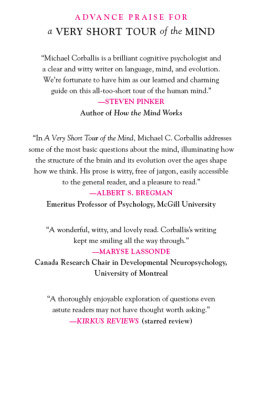
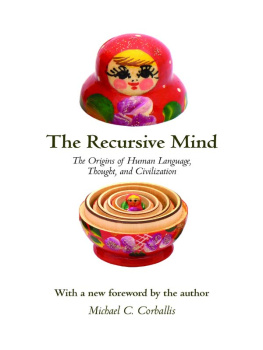

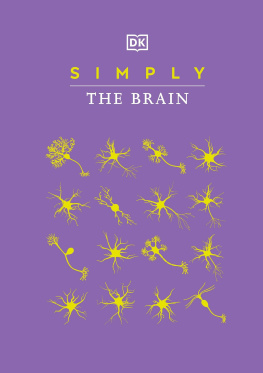
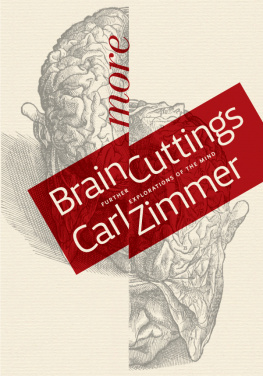


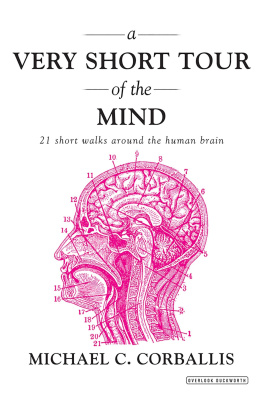
![SpeedyReads [Dell] - Summary of Switch On Your Brain; The Key To Peak Happiness, Thinking, And Health](/uploads/posts/book/117453/thumbs/speedyreads-dell-summary-of-switch-on-your.jpg)
